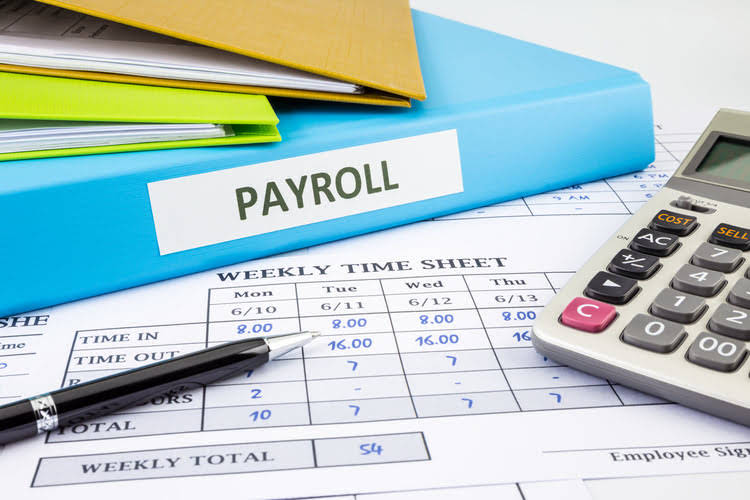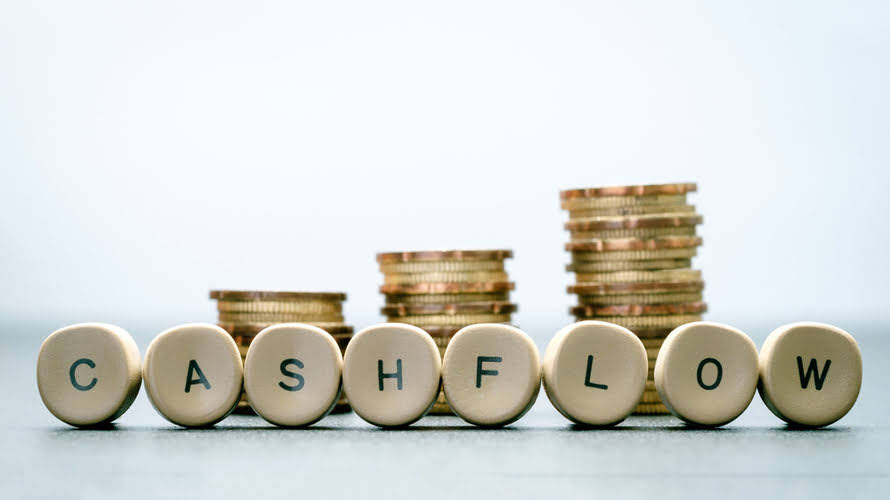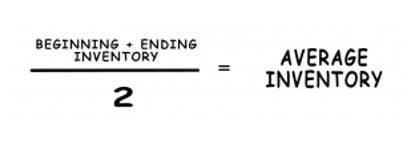
Greg didn’t invest any additional money in the business, take out a new loan, or make cash payments towards any existing debt during this accounting period, so there are no cash flows from financing activities. For instance, investing cash flow might be negative because a company spends money on assets that improve operations and the products it sells. Similarly, for a startup, negative cash flow might indicate that it has raised funds from investors and is now making significant investments to drive future growth and profitability. While depreciation is an expense that reduces a company’s net income, it doesn’t represent an actual cash outflow. As a result, depreciation is added back into the cash flow statement to determine the real cash generated by operating activities.

The indirect method of calculating cash flow
An increase in capital expenditures means the company is investing in future operations. Typically, companies with significant capital expenditures are in a state of growth. Imagine a company has earnings before interest, taxes, depreciation, and amortization (EBITDA) of $1,000,000 in a given year. This company has had how to get cash flow from assets no changes in working capital (equal to current assets minus current liabilities).

Formula and Calculation of Cash Flow
Even though our net income listed at the top of the cash flow statement (and taken from our income statement) was $60,000, we only received $42,500. Increase in Inventory is recorded as a $30,000 growth in inventory on the balance sheet. These three activities sections of the statement of cash flows designate the different ways cash can enter and leave your business. You’ll also notice that the statement of cash flows is broken down into three sections—Cash Flow from Operating Activities, Cash Flow from Investing Activities, and Cash Flow from Financing Activities. Now that we’ve got a sense of what a statement of cash flows does and, broadly, how it’s created, let’s check out an example.
- Cash Flow for Month Ending July 31, 2019 is $500, once we crunch all the numbers.
- Meaning, even though our business earned $60,000 in October (as reported on our income statement), we only actually received $40,000 in cash from operating activities.
- From an accounting standpoint, the company might be profitable, but if receivables become past due or uncollected, the company could run into financial problems.
- Typically, companies with significant capital expenditures are in a state of growth.
- The impact of non-cash add-backs is relatively straightforward, as these have a net positive impact on cash flows (e.g. tax savings).
- The final figure in this section should be your Operating Cash Flow, which represents cash generated (or used) in the business’s core operations.
How Is Free Cash Flow Calculated?
While all the investments mentioned have benefits and drawbacks, real estate is arguably the only investment option with passive income and a clearly defined set of rules for asset appreciation. That combination of passive income and appreciation is why real estate is so powerful. If passive income is attractive to you, here are some different kinds of cash flow investments you can make, including their pros and cons. In this example, there is a strong divergence between the company’s revenue and earnings figures and its free cash flow. Based on these trends, an investor might suspect that Company XYZ is experiencing some kind of financial trouble that hasn’t yet impacted headline numbers such as revenue and earnings per share.
This ratio is expressed as a percentage of a company’s net operating cash flow to its net sales, or revenue (from the income statement). It indicates normal balance how many dollars of cash are generated for every dollar of sales. A company’s cash flow is the figure that appears at the bottom of the cash flow statement. It might be labeled as “ending cash balance” or “net change in cash account.” Cash flow is also considered the net cash amounts from each of the three sections (operations, investing, financing). By tracking cash inflows and outflows, businesses can better plan operations and activities that drive profits and growth.
Cash Flow Statement

The expense of the new equipment will be spread out over time via depreciation on the income statement, which evens out the impact on earnings. Some investors prefer to use FCF or FCF per share rather than earnings or earnings per share (EPS) as a measure of profitability. This is because earnings and EPS remove non-cash items from the income statement. However, because FCF accounts for investments in property, plant, and equipment (PP&E), it can be lumpy and uneven over time. Cash flow statements are one of the most critical financial documents that an organization prepares, offering valuable insight into the health of the business. By learning how to read a cash flow statement and other financial documents, you can acquire the financial accounting skills needed to make smarter business and investment decisions, regardless of your position.
- Some investors prefer to use FCF or FCF per share rather than earnings or earnings per share (EPS) as a measure of profitability.
- Learn more about preferred equity & our investment opportunities by visiting our website.
- In these cases, revenue is recognized when it is earned rather than when it is received.
- As for the balance sheet, the net cash flow reported on the CFS should equal the net change in the various line items reported on the balance sheet.
- Changes in cash from financing are cash-in when capital is raised and cash-out when dividends are paid.
- Along with this, expenditures in property, plant, and equipment fall within this category as they are a long-term investment in the company’s operations.
A business that sees its sales growing at a faster pace than cash flow could face liquidity issues. Though cash flow analysis can involve several ratios, certain key indicators are essential for evaluating the quality of a company’s cash flow. This section is important for investors who prefer dividend-paying companies because, as mentioned, it shows cash dividends paid.